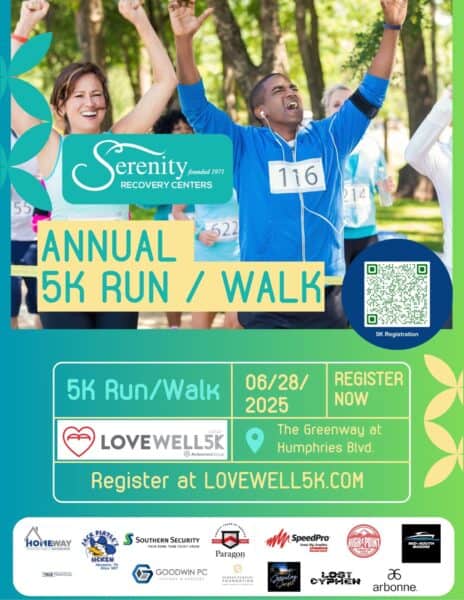When talking about addiction it’s important to understand the difference between psychological and physical dependency. The more you understand how these two different addictions operate within the body, the better you’ll be able to understand what you or your loved one is going through.
Physical Addiction
You have become physically dependent once your body’s cells can’t function without a substance or drug. Once your body begins to become depleted of the particular substance painful withdrawal symptoms take over. The easiest way to ease the pain is to take more drugs, which is the reason quitting “cold turkey” is rarely successful. Typical withdrawal symptoms triggered by physical addiction may include tremors, shakes, nausea, diarrhea, chills, and body aches.
Psychological Addiction
Psychological, also sometimes called emotional addictions, are defined as a compulsion or perceived need to use. A common example is someone addicted to marijuana who feels they need it to fall asleep. However, they will eventually fall asleep without it, and they’ll do so without experiencing any physical effects of withdrawal, aside from possibly not getting the sleep they’re used to and waking up groggy. In severe cases of psychological addiction, thoughts can become all-consuming, and without help, a psychological dependency can put transform a drug into your central focus in life.
Your Brain and Addiction
Although physical and psychological addiction are different they both activate similar regions in your brain. In a 2010 study the area of the brain associated with feelings of physical pain, the anterior insular and the anterior cingulate cortex, were activated after research participants viewed photos of a former romantic partner. Another study published in PIOS Biology found that participants who were suffering from chronic pain could manipulate the amount of pain felt by slightly altering their thought process. The research suggests that psychological pain can overtake physical pain at times.
 Treatment for Physical and Psychological Addiction
Treatment for Physical and Psychological Addiction
Treatment for psychological and physical addiction is conducted separately but they are often present together. Physical addiction should be treated by professionals through a medically supervised detoxification. The initial detox can last anywhere from several days to a week. During the detox, you’ll be slowly weaned off your substance helping to reduce the negative physical symptoms common with withdrawal.
After the physical process concludes the treatment for psychological addiction starts. Because detox does not address the underlying reasons you’re using, an inpatient treatment program is recommended. Inpatient treatment will help you hand the inevitable temptation to relapse. The education, relapse prevention plans, and copying techniques learned during rehab are critical to living a sober life.
Once you leave a treatment facility developing a support network is essential. Joining one of the many support groups available and finding a good sponsor or mentor is one of the best things you can do to get started on the right foot in your recovery journey.
Are you or a loved one struggling with alcohol or other drugs? Call us to speak confidentially with a recovery expert now: (901) 521-1131 or visit our website serenityrecovery.org
